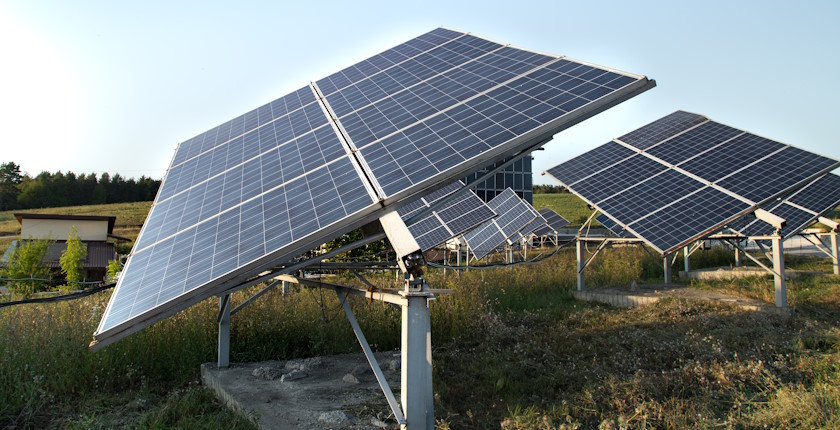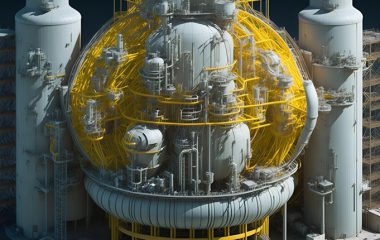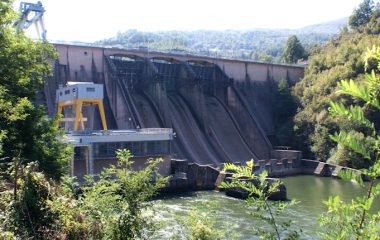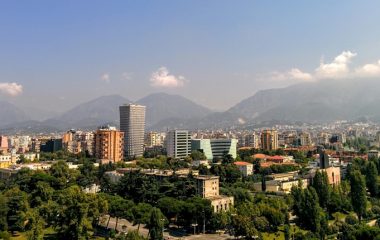
Photo: Pvproductions on Freepik
Iulian Nedea, CEO of Simtel, listed the costs for the construction of a solar power plant of 1 MW in peak capacity in Romania. Photovoltaic panels imported from China make up 20% and inverters account for 6%, he calculated. Separately, the head of the domestic EPC firm said the country can achieve energy independence with solar power plants occupying just 0.03% of its agricultural land.
In a post on social networks, President of the Board of Directors and Co-founder of Simtel Iulian Nedea argued against the notion that investments in solar power mainly benefits foreign economies and especially China’s. He outlined an example of a project for a ground-mounted unit of 1 MW in peak capacity in Romania.
Engineering, procurement and construction (EPC) firm Simtel Team, which also develops its own projects, needs EUR 500,000 on average, according to Nedea’s calculation. The expenses range between EUR 400,000 and EUR 600,000, he added.
Inverters don’t need to be from China
The CEO valued solar power panels imported from China at EUR 100,000, which is one fifth of the budget. Inverters make up another 6%, though Simtel often buys ones manufactured in the European Union, Nedea explained. He stressed that everything else are Romanian and EU products and services.
Racking, the metal structure holding the modules, has an 11% share while a substation amounts to 10%. The price of cables is 9.6% of the total, compared to 4.4% for the rest of the hardware and roads, the list reads. Project design, labor costs, fuel and miscellaneous costs are 27.1% overall. Nedea attributed the remaining 11.9% to profit before tax.
Investments in photovoltaic parks not only support the transition to green energy, but also stimulate the local economy, in his view.
Solar power targets in Romania can be achieved with zero impact on agriculture
Separately, Nedea addressed the question whether Romania is sacrificing agricultural land for renewable energy, Economedia reported.
The head of Simtel said 5,000 hectares are required for the estimated 5 GW in solar power by 2030 in peak terms. It is equivalent to only 0.06% of Romania’s agricultural land, he said. However, half of all PV systems are built on roofs, contaminated and devastated land, Nedea pointed out.
If projects for the remaining 0.03% are only on degraded agricultural land, the impact on agriculture would be zero, he underscored.
Nedea also said Romania has 780,000 hectares of arable land affected by desertification. As for profitability, he claims investors in solar power pay landowners EUR 850 to EUR 2,500 per hectare per year, “an amount that far exceeds a farmer’s annual net profit, especially in drought conditions or fluctuating grain prices.”
Average output from 1 MW of solar power capacity in the country is 1.4 GWh, Nedea noted.


















Be the first one to comment on this article.